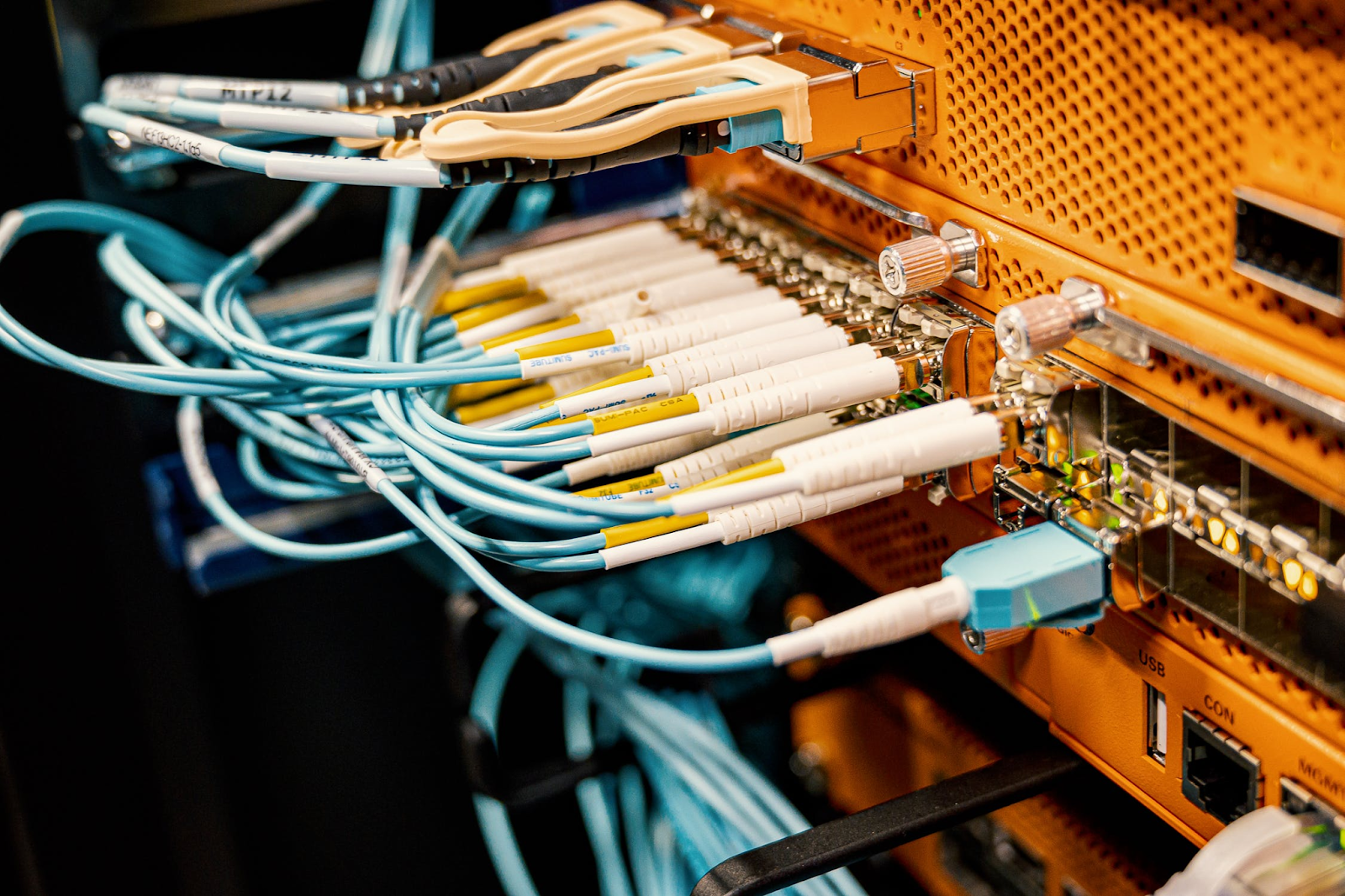There is no one-size-fits-all solution when it comes to a business’ network. However, one thing is true, if the installation of the data cables is not done properly, it can lead to months or even years of headaches for your company. It’s not always easy to know what kind of problems you might encounter during a data cabling installation, but being aware of some of the most common ones can help you stay ahead of any potential issues. In this blog post, we’ll take a look at some of the most common problems that can occur, and some tips on how to prevent them. Read on to learn more!
Your Cabling Does Not Meet Standards
The data cabling installation can be a complex process, and when done improperly, it can lead to all sorts of problems. One such problem is when the cabling does not meet performance standards set by the Telecommunications Industry Association (TIA) and Electronic Industries Association (EIA). This can cause the network to underperform, network disruptions, and even system crashes.
There are a few things you can do to avoid this problem. First, make sure you use a qualified data cabling installer. Second, use solid copper rather than copper-clad aluminum. Last, always perform a complete system test after the installation is complete. This will help ensure that the cabling meets all applicable standards and is ready for use.
Your Cabling Is Outdated
Old data cables can become a problem during data cabling installation. Ethernet cables are ranked by category, and typically lower category 5e cables are installed in houses. With these lower category cables, the length of time that they are suitable for is much shorter, leading them to become outdated much faster.
Outdated cabling can cause data transmission problems and data loss. When installing data cables, it is important to use the most up-to-date cables to ensure a smooth, trouble-free installation. If you are using old data cables, be sure to update them before beginning your installation project. Updating your cables may require some rewiring and new connectors, but it is well worth the effort to avoid potential problems down the road.
The Patch Cords Are of Poor Quality
Patch cords are an essential part of data cabling installation. They are generally used to connect end devices like printers and computers to their respective network hubs and power sources over a short distance.
When they are of poor quality, it can lead to all sorts of problems. For example, if the patch cords are too short, you may not be able to reach all the devices you need to connect. This can cause network congestion and slow down your connection speeds. Additionally, low-quality patch cords can also lead to data loss and signal interference. In some cases, these problems can be so severe that they can completely disrupt your network’s operations.
Fortunately, there are a few things you can do to avoid these problems.
- Make sure you use high-quality patch cords — They may be a little more expensive, but they will be worth it in the long run.
- Try to use as few patch cords as possible — This will help to reduce the amount of signal interference and data loss.
- Always test your data cabling installation once it is complete — This will help you to identify any potential problems before they become too serious.
Unsuitable Length
Incorrectly-sized cables can cause all sorts of problems during data cabling installation. For example, if the cables are too short, you may not be able to connect all the devices that you need to. In addition, improperly sized cables can also lead to data transmission issues and signal loss.
If you’re experiencing problems with your data cabling installation due to unsuitable cable lengths, there are a few things that you can do to fix the issue. First, you can replace the cables with ones that are of the correct length. Alternatively, you can adjust the way that you’re using the cables. For example, you may be able to connect some devices directly to each other, rather than using a cable to connect them.
Mix and Matching Different Components
When it comes to data cabling installation, there are a few key things that need to be considered in order to ensure the process goes smoothly. One common problem with data cable installation is ensuring that all the components used during the installation are compatible with each other. It’s a problem when different components are mixed and matched, as this can lead to issues with reliability and performance.
One common issue that can occur as a result of mismatched components is signal degradation. In worst-case scenarios, this can even lead to data loss. Another issue that can arise is interference between cables, this can cause problems with data transmission and lead to system failures.
To avoid these types of problems, it is important to ensure that all the components used during a data cabling installation are compatible with each other. This includes not only the cables and connectors but also the equipment that is used to terminate them. If there is any doubt about whether or not two components are compatible, it is best to be on the side of caution and not use them together.
How Glenco Can Help
It is essential that your cabling infrastructure meets the latest industry standards and uses high-quality components if you want to ensure optimal performance for your business. Our team can help you assess your current cabling situation, identify any deficiencies, and recommend appropriate solutions.
We offer a variety of services, including cable management, repairs, and replacements. Book an appointment with one of our experts in data cable installation in Sydney who will help you find the best solution for your business.







